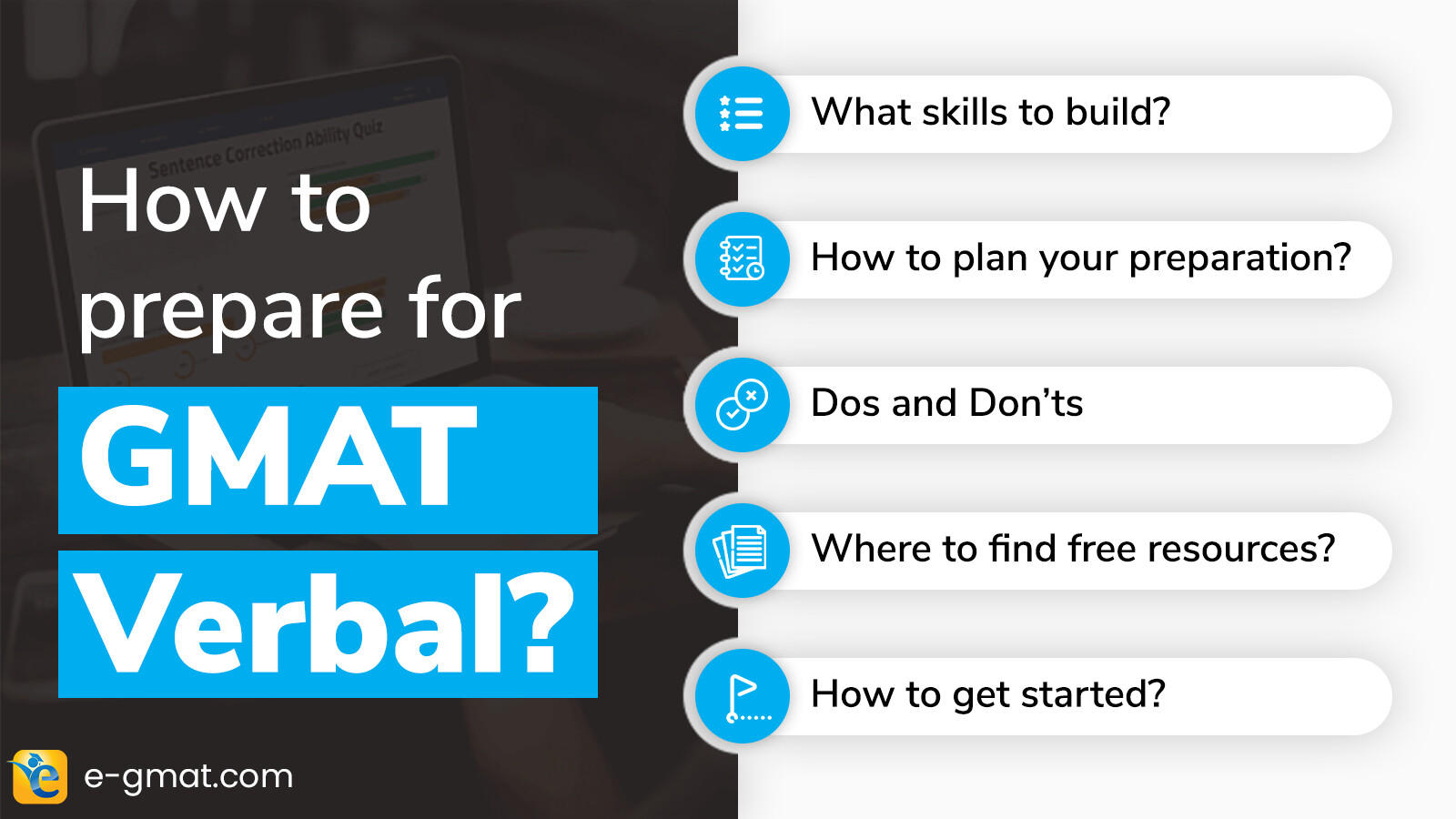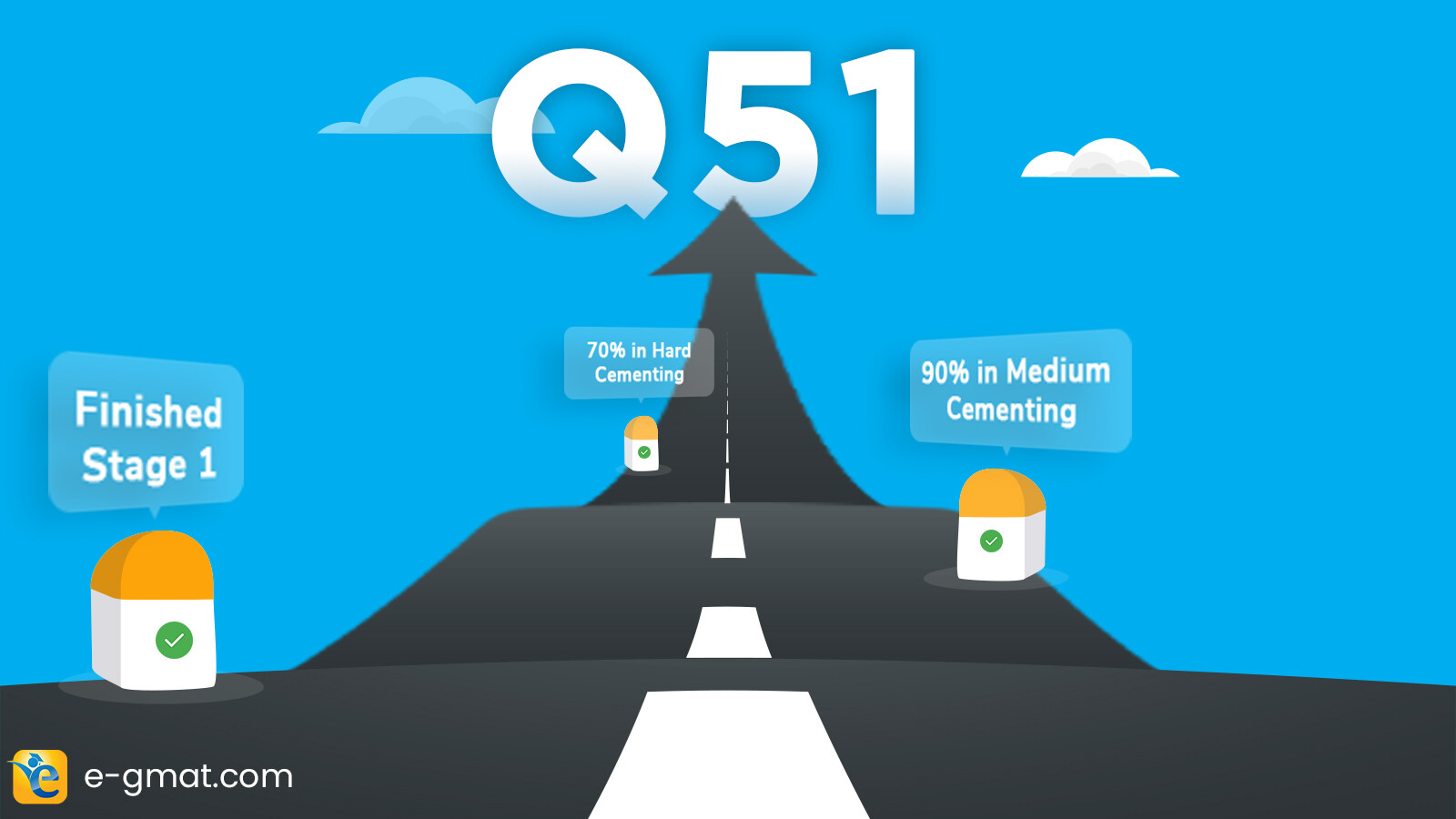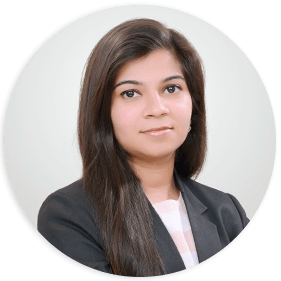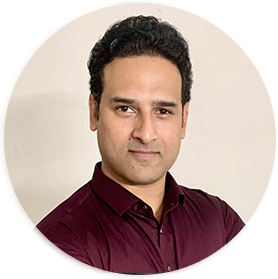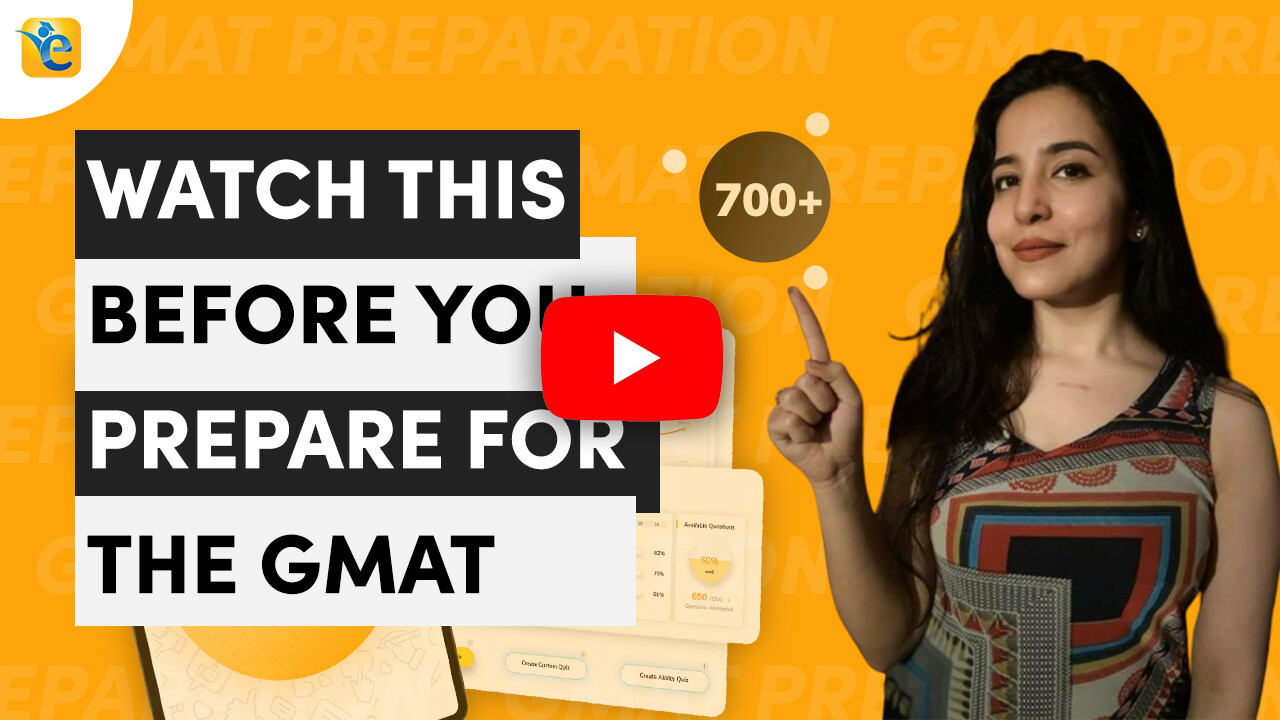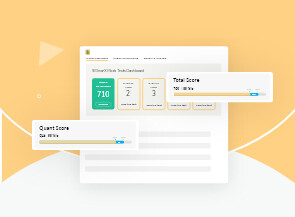A Kellogg admit, Akshat’s GMAT success story is about displaying extraordinary determination to ace the exam.
An engineering graduate who scored 98%ile on the GRE, Akshat attempted GMAT twice before he scored a massive GMAT 750 on his third attempt. To give himself the desired edge in his career, Akshat only fixed his eye on the top b-schools, which demanded nothing less than a spectacular score on the GMAT.
What are the key differences between GMAT and GRE? This article explains the parameters that differentiate the two competitive exams.
Starting at a 690, he studied on his own for two months, using the Official Guide, Official Mocks, and other free online resources. With his best efforts, he made a 20-point improvement to 710 on his first GMAT attempt.
His first experience with the GMAT exam gave him a fair idea about his strengths and weaknesses. He realized that for a competitive test like the GMAT, he needed external help to achieve his target. After thorough research and careful comparison between private tutoring and the benefits of an interactive platform, he chose the e-GMAT course.
Given his strong quant abilities, Akshat focused entirely on improving his GMAT verbal skills using the e-GMAT platform. As he navigated through the course, he learned how to apply various concepts. Prior to registering with e-GMAT, he only knew the names of these concepts and had no idea how to apply them. Be it the meaning-based approach for SC, pre-thinking for CR, or making effective notes in RC, Akshat quickly acquired the skills and filled the gaps in his knowledge.
Watch the video to learn how Akshat’s diligence and support from experts pushed him from the 90th percentile to 98%ile in GMAT.
Akshat’s initial approach to GMAT preparation
Focusing entirely on verbal, Akshat had chosen the traditional study-style to build GMAT-level abilities. His learning approach for GMAT was linear., He would start practicing with questions after brushing through concepts from the Official Guide. Following were the key elements of his initial GMAT preparation.
- His primary source of learning was the Official Guide.
- He had no set-up to practice in a timed environment.
- For SC, his fundamental knowledge was minimal.
- He did not use any process-driven methods to solve 700+ level problems.
- Did not have a systematic mechanism to target different types of questions with any specific approach for improved timing and accuracy.
- With Official Mocks, performance analysis of his performance or skills data highlighting the learning gaps was missing.
- There was no feedback mechanism or guidance.
- He attempted 6 Official Mocks before the actual GMAT test.
- He scored 710 and did not participate in the b-school admission process.
The GMAT exam measures your skills and not how good you are at memorizing. You cannot follow the same strategies used for other standardized tests to ace the GMAT. Read this article for GMAT preparation tips for beginners & common mistakes to avoid.
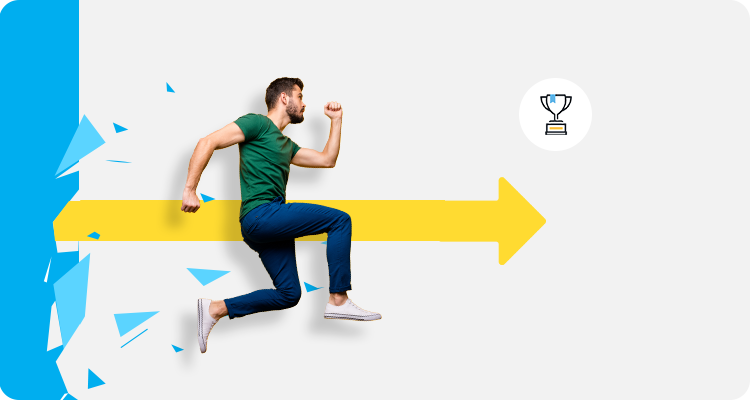
Akshat immediately discarded his first GMAT score and started preparing for the retake after a break he needed to take for his wedding preparation. Learning from his first experience with the GMAT exam, he prepared an exhaustive list of identified strengths and weaknesses that he had to address to improve his chances in his next attempt at GMAT. He realized that he’d require external support to help him improve for the desired target score.
I don’t think I could have been able to go beyond 710 by myself.
Preparation with e-GMAT
While evaluating coaching options, he found the e-GMAT course to be very close to private tutoring as it offers an effective feedback mechanism with detailed skill data and performance analysis of the students.
Akshat: I knew I needed support; I did not know what kind of support, whether one-on-one coaching or something else. I was inclined towards private coaching when I found e-GMAT to be sitting at the border of private tutoring, wherein the course gives you all the things that a private tutor would provide, plus the performance data with a close-loop feedback mechanism.
Even though you were not sitting with me, you were still giving me the same kind of feedback on my strong and weak points, leveraging data. That’s what attracted me to the course.
He made a few critical changes while preparing the second time, which helped him finally score a GMAT 750
- He started his preparation after a one-on-one counseling session with an e-GMAT expert. Based on Akshat’s SIGma-X mock performance, the expert provided him with a personalized study plan for his target score, daily time commitment, and available time before his booked exam date.
- He followed the entire verbal course structure. He focused on strengthening basic concepts and building a solid foundation for GMAT verbal.
- He learned to use e-GMAT key methods such as the meaning-based approach and pre-thinking. This helped him significantly reduce timing and improve accuracy.
- Using Scholaranium, Akshat could now do the strategic review and take feedback constantly to make necessary changes in his approach. With the help of a detailed analysis of his performance data, he began to target his weaker areas.
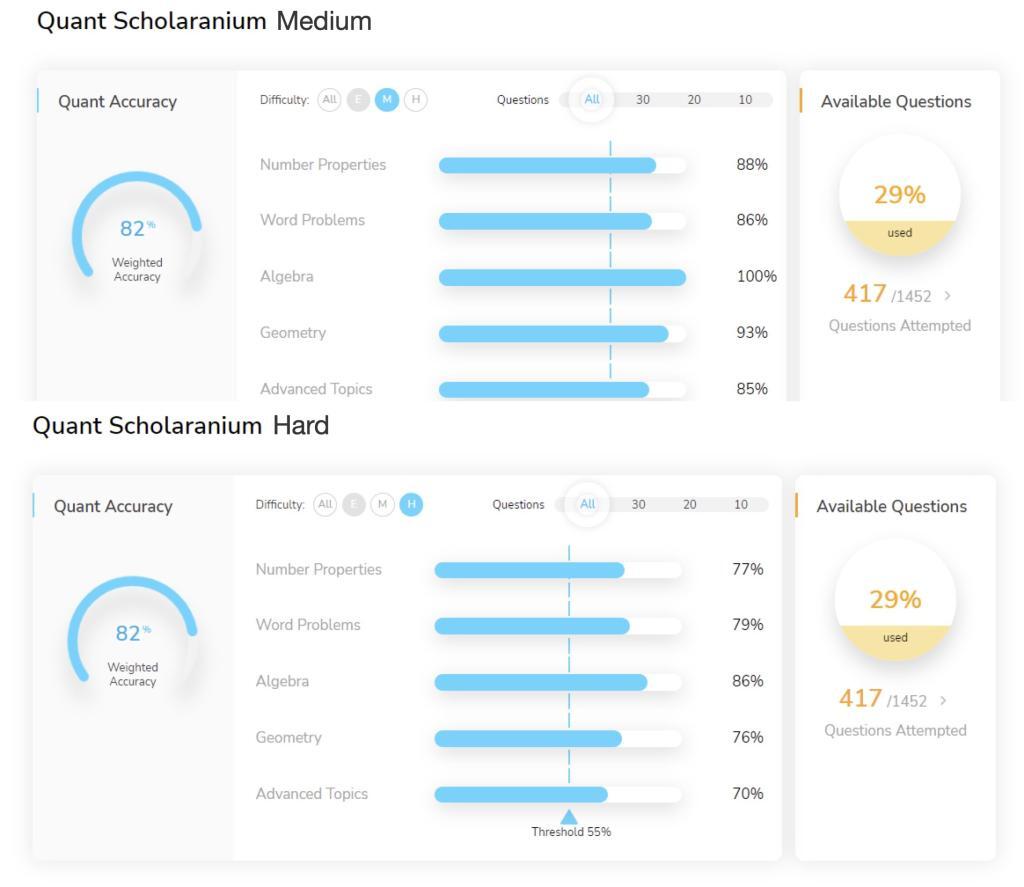
GMAT tests your sub-sectional abilities in both verbal and quant. When you begin preparing for GMAT, you may have different abilities in various sections. The best way to identify one’s starting abilities is to take SIGma-X mock that provides key insights that even official mocks do not provide.
Akshat: I initially thought Master Comprehension was a meaningless module, but when you start solving the problems, you realize its importance. While solving questions, you must keep track of many pieces, such as detecting subjects, verbs, and modifiers, doing error analysis, reading through all the options quickly, identifying pause points, and assimilating and understanding the intended meaning. You must follow the step-by-step process irrespective of the time it takes.
I had very weak fundamentals in SC. I needed to build a concept-level understanding of subjects, verbs, modifiers, etc. My English knowledge has been mainly through reading books and the general sense of what a sentence should look like.
Guidance to cover the last mile
Akshat received constant support from various experts during his preparation journey., They helped him frame strategies and verbal improvement plans specific to his needs. Experts helped him understand how to minimize the luck factor while attempting mocks and get an accurate estimation of his abilities, which helped him face the GMAT exam with confidence.
Akshat: I worked with multiple experts. Deepak has been really helpful in giving that final push. Especially when I started with SIGma-X mocks, he helped me identify those small areas where I could push a little harder to get to my target score. Karan gave me the path for the course to follow, and whenever I had any query while solving questions or had any doubts, I’d send an email and get a response within 24 hours with clear directions moving forward. Towards the end, Deepak helped me improve my timing, which is 30% of the entire GMAT. Timing is as critical as your concepts and processes are for the GMAT. I was struggling badly with timing in verbal. He gave me a good timing matrix I could follow, which reduced the cognitive load significantly.
If you want to optimize the final stage of your preparation, use a mix of sufficient, dependable sectional tests for improving testing abilities and less than a handful of full-length mocks, preferably official mocks, for assessing test readiness. Read this article to get GMAT exam expert advice – What causes success on the GMAT?
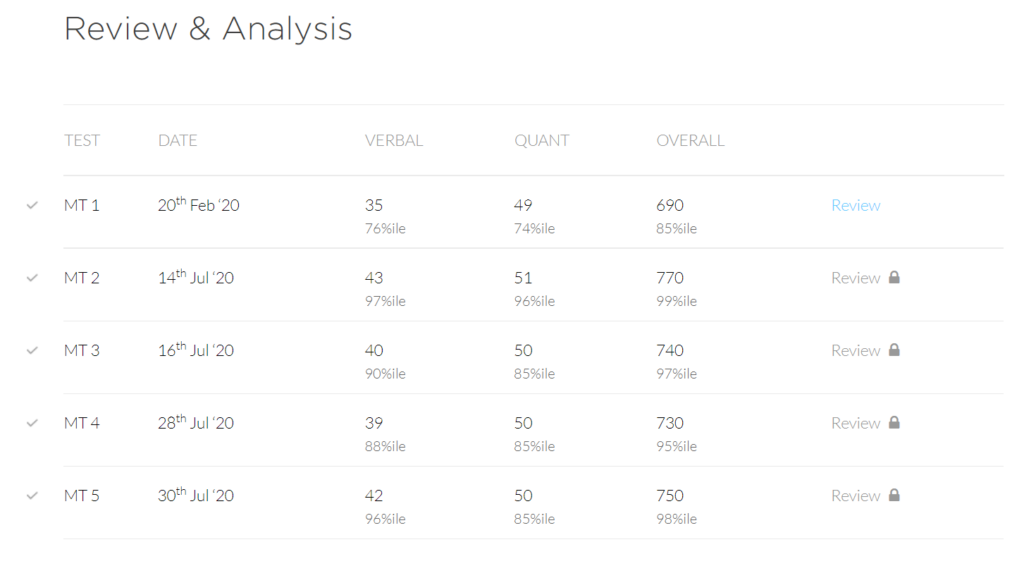
After evaluating various premium b-schools such as Stanford, MIT, UCLA Berkeley, Kellogg, and Booth, Akshat decided to pursue a full-time MBA in Marketing and Product Management for immersive experience and focused skills development.
With a master’s degree in Biomedical Engineering and 6+ years of work experience, Akshat developed a passion for Health and Wellness, leading him to a career in Product Management for various Medical Technology companies. An MBA from Kellogg will provide Akshat with the desired progression in his career path.



